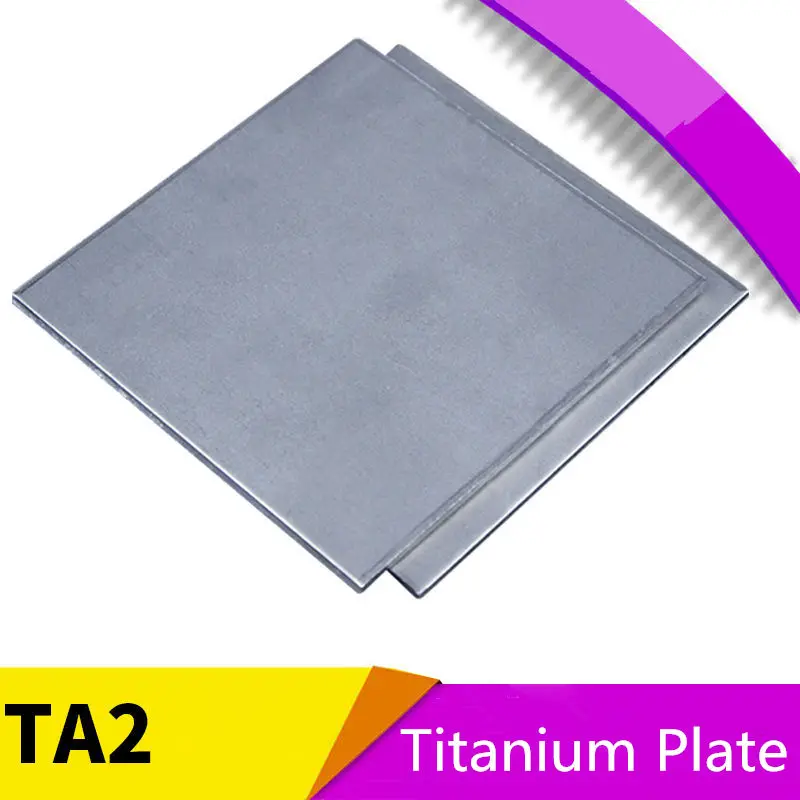

US10766095 - MATING ELECTRODES FOR RESISTANCE SPOT WELDING OF ALUMINUM WORKPIECES TO STEEL WORKPIECES - GM Global Technology Operations LLC (USA) - A spot weld may be formed between an aluminum workpiece and an adjacent overlapping steel workpiece with the use of opposed spot welding electrodes that have mating weld faces designed for engagement with the outer surfaces of the workpiece stack-up assembly. So, too, other automotive companies and suppliers have developed and invented new production ready solutions for RSW of aluminum to steel sheet components for the multi-material automobiles of today and tomorrow. In the patent focus that follows, it is seen that GM continues to invent new electrode designs and methods for RSW of aluminum-steel sheet combinations. For example, GM has introduced its patented multi-ring electrode design for use in the RSW of closure panels on various high volume production vehicles. In recent years, research work by aluminum sheet suppliers and automotive companies has overcome many of the original problems with RSW of various types of aluminum alloy sheet, so that today it is used in production of various automotive vehicles. Furthermore, with the emphasis in the industry today on multi-material structures, i.e., the right material in the right form for the right application, joining aluminum to steel to save weight became another hurdle for aluminum sheet. The high conductivity of aluminum required as much as three times the electric current to join aluminum sheet compared with steel sheet, and electrode life suffered in the RSW of aluminum sheet. To compete with steel sheet in these applications, aluminum sheet ideally needed to be assembled with the same equipment as for steel sheet. It was not always so easy for aluminum sheet to gain ground during the initial phases of aluminum growth in the auto industry, mainly due to the unresolved problems with RSW, one of the most economical and productive means of joining sheet metal for closure panels and unibody or body-in-white structures. Robotic resistance spot welding of a body-in-white automotive frame made of aluminum, steel, or a multi-material aluminum-steel combination (source: Kuka). Today robotic RSW machines work in automotive plants (Figure 1) to join not only steel to steel sheet but also aluminum to aluminum sheet and aluminum to steel sheet. All this takes place within a second or so, depending on sheet metal composition and thickness.

The process utilizes shaped copper alloy electrodes, typically water cooled, to apply heat and pressure to pass electric current through stacked up sheets to melt the material into a nugget and, with the current turned off, to apply pressure from the electrodes to fuse the molten nugget to form a joint. Resistance spot welding (RSW), a technology that’s at least 100 years old, has been used by the automotive industry almost exclusively for joining steel sheet without using filler material or flux.


 0 kommentar(er)
0 kommentar(er)
